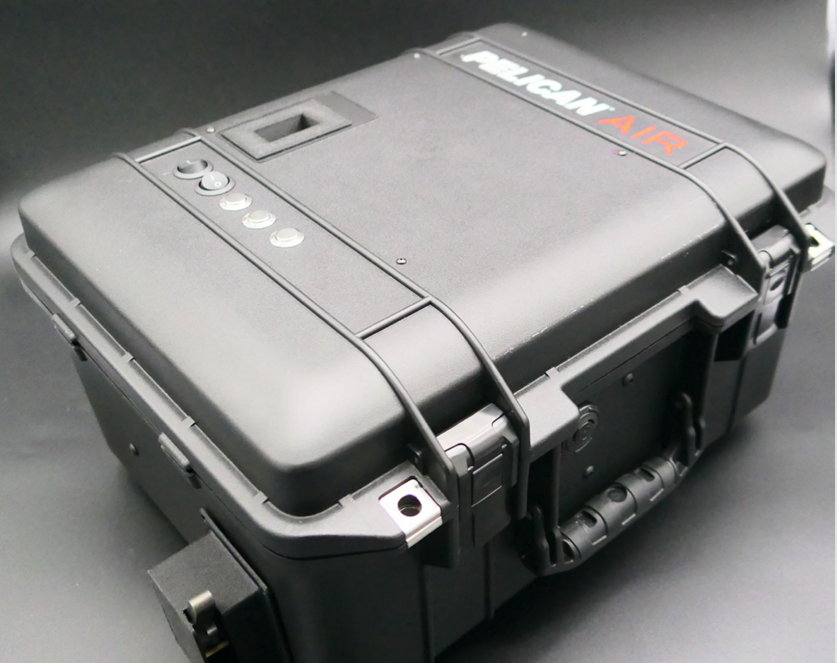A team from Sandia National Laboratories received an R&D 100 award for their Fentanyl Analog Independent Detection (FAID) system. With the portable chemical sensor, the team aims to aid frontline personnel, including first responders and law enforcement, in the detection of fentanyl analogs.
The FAID system. Courtesy of Sandia National Laboratories
Fentanyl analogs are alterations of fentanyl that are often more deadly than the original narcotic. For instance, CDC notes that the analog carfentanil is 100 times more potent than the original form of the drug. Most fentanyl detection methods can only detect analogs that are known and logged in a library. However, illegal drug makers are continually creating new analogs in attempts to escape detection, meaning there may be thousands of possible analogs.
“The best estimates are about 4,300,” said Johnathan Whiting, Principal Member of Technical Staff at Sandia, “and that may be a conservative estimate.”
Only a fraction of these, about 250 to 300, according to Whiting’s estimates, have been fully analyzed and synthetically characterized. Most detection methods can only test for these known compounds.
Detecting unknown analogs
FAID is different. It can detect fentanyl analogs that have never been seen before. “We looked at what makes that particular class of compounds unique and functional,” Whiting said, “We looked at the backbone of fentanyl and broke it down into its component structures.”
Thanks to this method, FAID only has to look for ten to 20 “backbone” compounds to cover the entire fentanyl class.
FAID is also portable, being about the size of a carry-on suitcase. The team hopes to make it even smaller before it hits the market in a few years. It weighs under ten pounds and delivers results in ten minutes. FAID has a sensitivity estimated at less than one microgram, allowing it to detect even trace amounts of fentanyl.
Saving lives
Matt Moorman, a Principal Member of the Technical Staff at Sandia, was inspired to create FAID as fentanyl started to take center stage of the opioid crisis seven years ago, Whiting said.
“I’m hoping that we can use this in places like when first responders are arriving on the scene, somebody’s identifying whether or not Narcan is the right countermeasure. It’ll give an appropriate amount of information to give us the right countermeasure so that people don’t have to die,” Whiting said.
Read the full article from the Source




